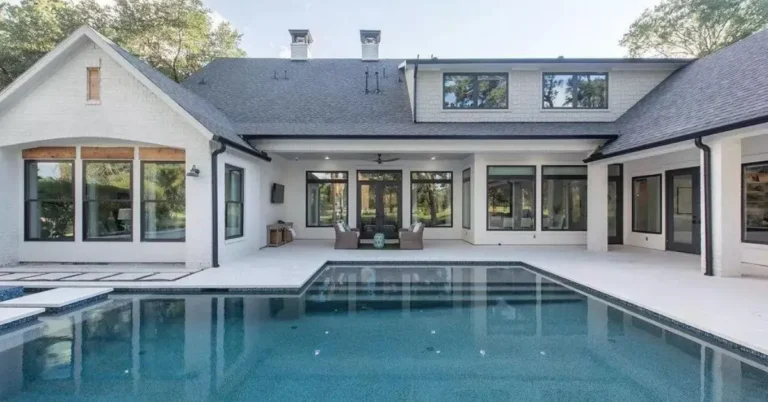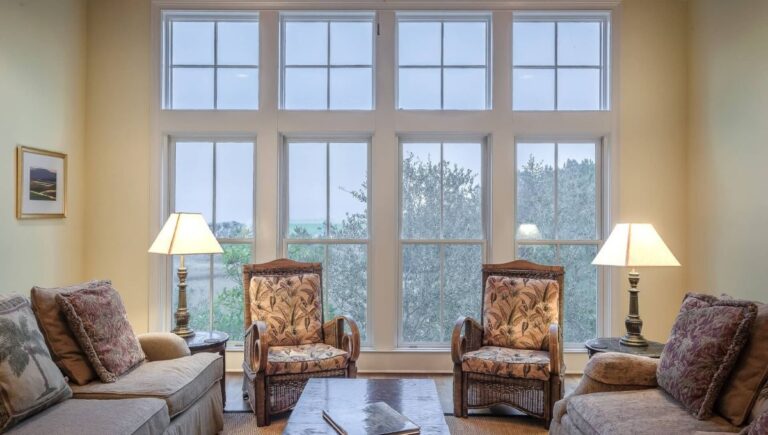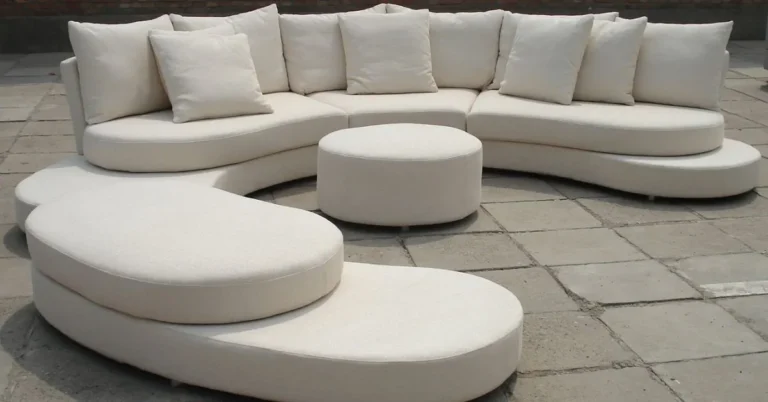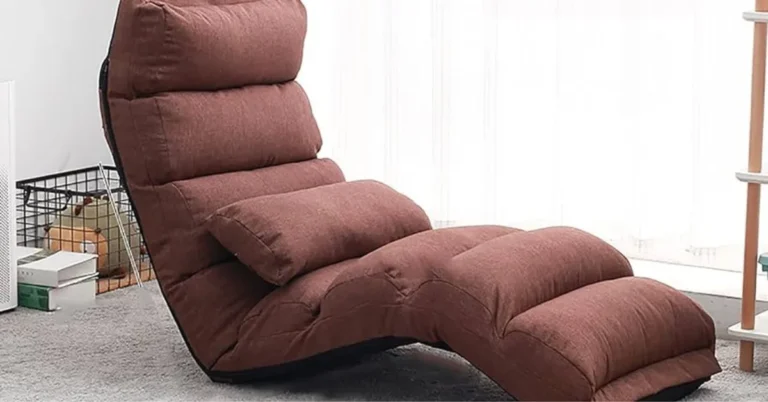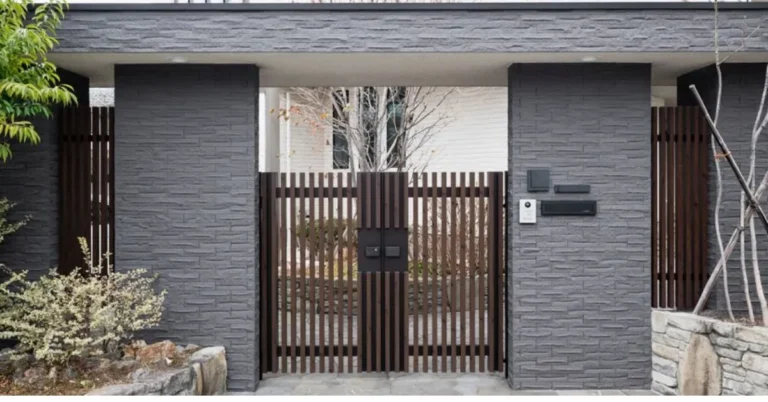Pea Gravel The Versatile Landscaping Solution
You’ve probably seen pea gravel if you’ve ever taken a walk through a well-kept garden or enjoyed a nicely paved path. This simple, useful, and attractive material has been used for years in gardening and building projects because it has many uses and looks good. But what is pea gravel, and why does everyone like it so much? Take a look into the world of this useful collection.
As the name suggests, pea-gravel is a type of gravel that looks like peas because it is small and round. It is mostly made up of smooth, naturally worn-down stones that are about 1/8 inch to 3/8 inch in diameter. Pea-gravel has a unique look and feel because of its natural make-up, which makes it a popular choice for many uses.
Uses of Pea Gravel
- Landscaping
Landscaping is one of the main ways that pea-gravel is used. Because it looks good and can be used in many ways, it’s perfect for making flower beds, borders, and edging that look nice. Pea gravel makes outdoor areas more interesting and tactile, whether it’s used as a decorative accent or as a functional part of a landscape design.
- Pathways and Walkways
Pea gravel is also often used to make paths and walks in parks, gardens, and on private property. In addition to being easy to walk on because of its small size and smooth surface, it looks natural and fits right in with its surroundings. Pea-gravel looks nice and works well in places where people walk, whether it’s laid out in a formal pattern or just spread out over a base that has been packed down.
- Drainage Systems
Not only is pea-gravel nice to look at, but it is also useful in many situations, especially in drainage systems. Because it is permeable, water can easily flow through it. This makes it a great choice for French drains, dry wells, and other draining projects. Pea-gravel is an important part of sustainable landscape planning because it helps water stay in the ground and stops it from running off. This stops soil erosion and flooding.
Benefits of Pea Gravel
- Natural Drainage
One of the best things about pea-gravel is that it helps water drain naturally. Solid surfaces like concrete or asphalt can pool water and make runoff. Pea-gravel, on the other hand, lets water filter through the soil, replenishing groundwater sources and helping plants grow well. The fact that pea gravel can naturally drain makes it a great choice for eco-friendly landscape features like rain gardens and bioswales.
- Low Maintenance
One more benefit of pea gravel is that it doesn’t need much upkeep. Traditional mulches and ground covers may need to be replaced or added to on a frequent basis, but pea-gravel lasts a long time. Once it’s in place, it doesn’t need much maintenance. Usually, it just needs to be raked or leveled every so often to keep its look. Because of this, pea-gravel is a practical and cost-effective choice for busy business and house owners.
- Cost-Effective
In addition to looking good and being useful, pea gravel is also cheaper than other materials used for gardening. It is cheap and easy to find, so it can be used for projects of any size. It also lasts a long time and doesn’t need much upkeep, which lowers long-term costs. Pea gravel is a popular choice among customers who want to save money because it is a great value for the money and can be used for both decoration and function.
Types of Pea Gravel
There are a few different kinds of pea-gravel you can choose from for your job. Delta rock pea gravel and broken down granite pea-gravel are two of the most popular types.
- River Rock Pea Gravel
The flow of water naturally rounds and smooths river rock pea-gravel, which comes from riverbeds and streambanks. It comes in many shapes and sizes, and the colors range from soft browns and tans to bright reds and blues. People love the natural beauty and durability of river rock pea gravel, which makes it a popular choice for gardening and home decor.
- Decomposed Granite Pea Gravel
Decomposed granite pea-gravel is made up of smaller, sandy pieces of granite rock that have been worn down and weathered over time. It is usually packed down more than river rock pea gravel, which makes it perfect for stable paths and walks. Decomposed granite pea-gravel comes in many colors, from warm golds and yellows to cool grays and blues, so it can be used in a lot of different ways.
Choosing the Right Pea Gravel
It’s important to think about things like size, color, and source when choosing pea-gravel for your job to get the best results.
- Size
Pea rock comes in a range of sizes, from 1/8 inch to 3/8 inch across. The size you pick will depend on the specifics of your job, like how well you want it to drain or how you want it to look. For tight areas and complicated designs, smaller gravel works best. Larger gravel, on the other hand, drains better and stays in place better.
- Color
There are a lot of different colors of pea gravel, from basic earth tones to bright primary colors. When choosing colors for your pea-gravel, think about how the whole landscape or hardscape plan will look. Browns, tans, and greens give off an earthy, simple vibe, while reds, blues, and yellows add a splash of color and make things more interesting to look at.
- Source
Lastly, think about where your pea-gravel comes from to make sure it is of good quality and will last. When you can, choose materials that are made close to home to save money on shipping and help the environment. To support environmentally-friendly landscaping, look for providers who follow responsible mining practices and put an emphasis on eco-friendly production methods.
Installation of Pea Gravel
Once you’ve chosen the right pea gravel for the job, you can get ready to put it down. To make sure the application and updates work, do these things:
- Preparation
Clean up the area by getting rid of any trash, weeds, or plants before putting down pea gravel. To give the gravel a stable base, make sure the dirt is packed down and level. You might want to put down a weed barrier or landscaping fabric to stop weeds from growing and keep things looking neat.
- Application
Use a shovel or rake to spread the pea gravel out evenly over the area that has been prepared. A thickness of two to three inches will give you the best covering and stability. To make sure the surface is hard and even, gently pack down the gravel with a tamper or roller. As needed, add more gravel to get the depth and spread you want.
- Maintenance
Once it’s put down, pea gravel doesn’t need much care to keep looking great. Rake or level the surface every so often to get rid of trash and move the gravel around as needed. To keep the gravel’s smooth, even look, fix any spots where it has become compressed or moved around. Your pea gravel system will look great and work well for years if you take care of it and keep it in good shape.
Environmental Impact
Pea gravel is a great resource for landscaping, but it’s important to think about how it affects the environment. Even though it comes from nature and can be gathered in a sustainable way, the mining and transporting methods used to make it can have negative effects on the environment. To have less of an effect on the environment, think about using different materials, like recycled glass or crushed seashells, that are just as good for looks and function but have a smaller effect on the environment.
Conclusion
In conclusion, pea gravel is a useful and flexible landscape material that can be used in many ways. You can use pea gravel to make beautiful garden features, useful drainage systems, or long-lasting paths. It is affordable and all of these things come together well. Picking the right pea gravel for your project and following the right steps for installation and upkeep will let you enjoy this classic material for many years to come.
FAQs
Is pea gravel suitable for all climates?
Pea gravel can be used in most locations, but it may need more care in places that get a lot of extreme weather, like heavy rain or snow.
Can I use pea gravel for a driveway?
If you want to use pea gravel for your driveway, you can, but it might not last as long as crushed stone or asphalt. Before you choose pea gravel for your driveway, you should think about how much traffic it will get and what it needs.
How long does pea gravel last?
Installing and taking care of pea gravel the right way can make it last for many years. But things like weather, traffic, and the state of the soil can shorten its life.
Is pea gravel eco-friendly?
Pea gravel comes from nature and can be gathered in a way that doesn’t harm the environment. This makes it a pretty eco-friendly choice for gardening projects. But it’s important to think about how mining and transporting materials affects the earth when picking out materials for landscaping.
Can I install pea gravel myself?
Yes, you can put down pea gravel yourself if you have the right tools and plan ahead. But for bigger jobs or installations with more moving parts, you might need professional help.

